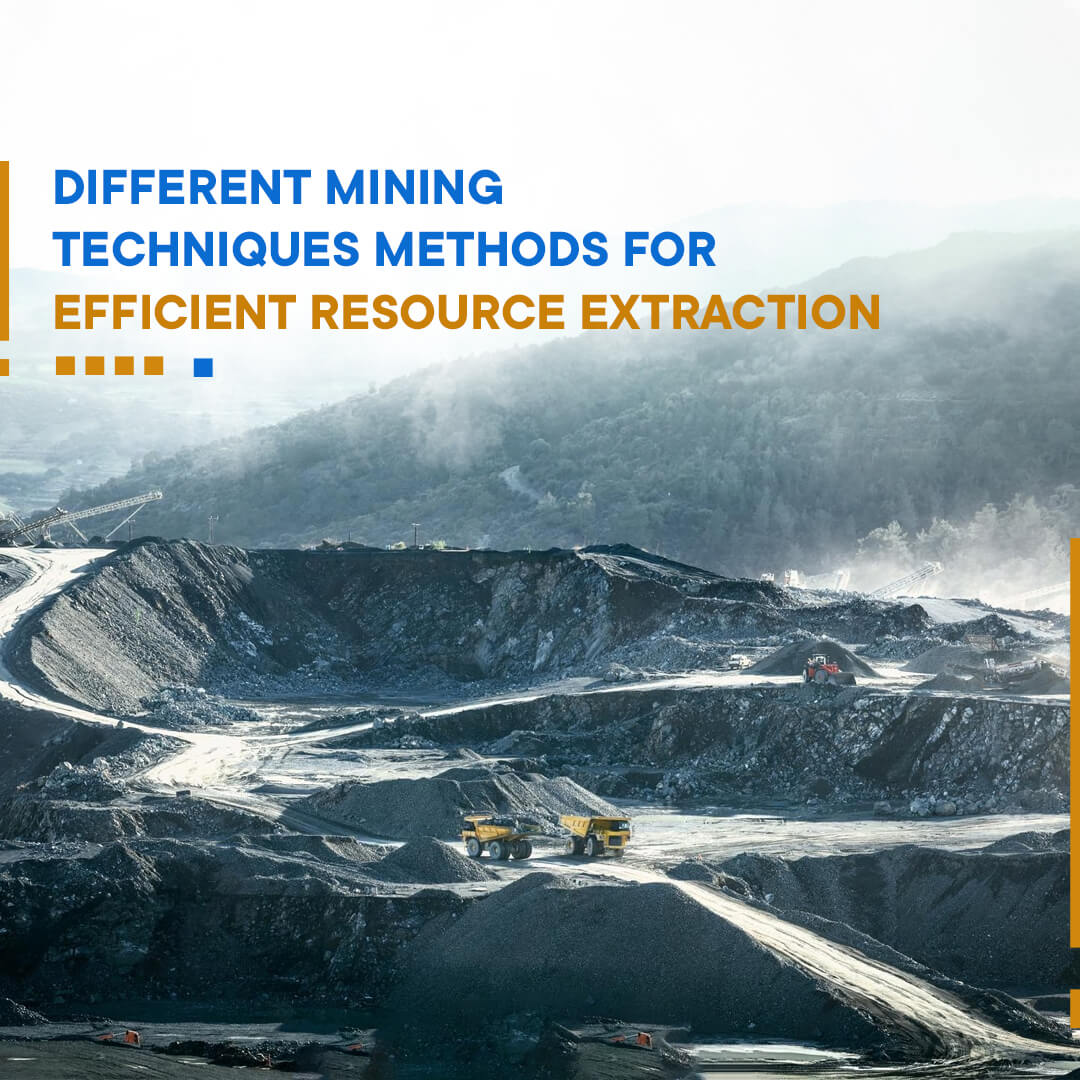Different Mining Techniques: Methods for Efficient Resource Extraction
Blogs

Mining is an important industry that extracts valuable minerals and natural resources from the earth for various purposes. Various mining techniques have been developed over the years to suit different geological conditions, deposit characteristics, and environmental considerations. In this blog post, Puzzolana.com explores several mining techniques currently used in the industry.
Irrespective of any mining technique one chooses, each of them has its own advantages and challenges, and understanding these methods helps us appreciate the different approaches used to use resources efficiently and sustainably.
Open-Pit Mining
It is also known as open-cast or open-cut mining, which involves the mining of a large open pit or borrow pit. This technique is suitable for shallow deposits near the surface. Heavy equipment such as excavators, bulldozers and trucks are used to remove the overburden and remove the mineral. Open-pit mining allows for high production rates and is often used to extract minerals such as coal, copper, gold, and iron ore.
Underground Mining
This mining style involves extracting minerals from below the earth’s surface. Tunnels and shafts are dug for exposure, and special mining methods such as cut-and-fill, longwall, or room-and-pillar are used to extract the mineral. Underground mining is suitable for deep or steeply sloping deposits and can minimize ground disturbances. It is often used for coal, precious metals, and base metals such as copper and zinc.
Placer Mining
This is a kind of mining method that extracts minerals from alluvial deposits such as rivers, streams or beach sand. It uses water and gravity to separate valuable minerals from the surrounding material. Miners use simple tools such as pans, sluice boxes and combs to collect and separate heavy minerals. Placer mining is commonly used for gold, tin and diamonds and is known for its low environmental impact.
Mountaintop Removal Mining
This is a technique used to mine coal deposits in or under mountains. This involves removing the overlying rock and soil to expose the coal seams. Large explosives are detonated from the top of the mountain, debris is removed with heavy equipment. Mountaintop removal mining is controversial due to its significant environmental impacts, such as deforestation, habitat destruction, and water pollution.
In-Situ mining
In-situ mining, also known as in-situ leaching or solution mining, is a technique used to extract minerals from deep underground without extensive mining. This involves injecting a leaching solution such as chemicals or water into the layer to dissolve minerals. The dissolved minerals are then pumped to the surface for further processing. In-situ mining is commonly used for uranium, potassium, and some copper and gold deposits.
Conclusion
The mining industry uses a variety of techniques to extract valuable minerals and natural resources from the earth. Open-pit mining allows efficient mining of shallow deposits, while underground mining is suitable for deep or steeply sloping deposits. Placer mining uses water and gravity to extract minerals, while mountaintop mining is controversial for its environmental impact. In-situ mining offers an alternative to traditional mining methods for certain deposits. By understanding different mining techniques, we can appreciate the complexity and diversity of natural resource extraction and strive to implement sustainable practices that minimize environmental impact and maximize resource efficiency in the field.
View our expansive machinery
With Puzzolana, you have the chance to work with the brightest professionals in the field and be a part of our expanding global footprint. We are looking for motivated professionals to join our team.